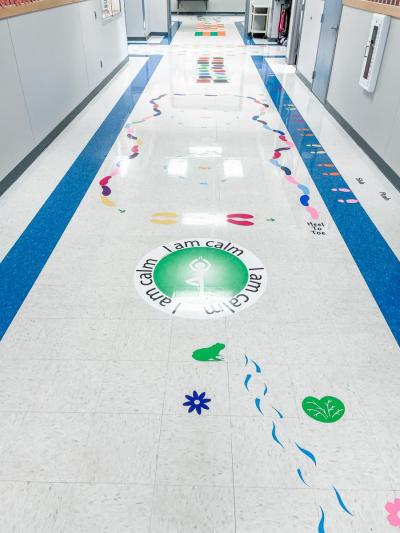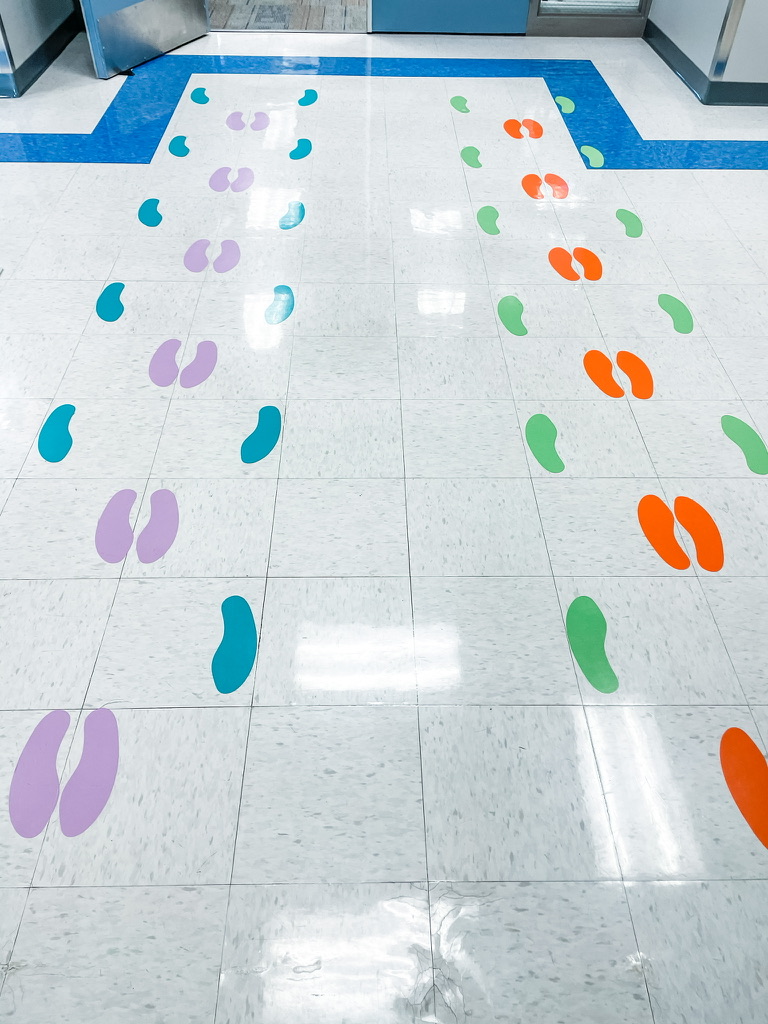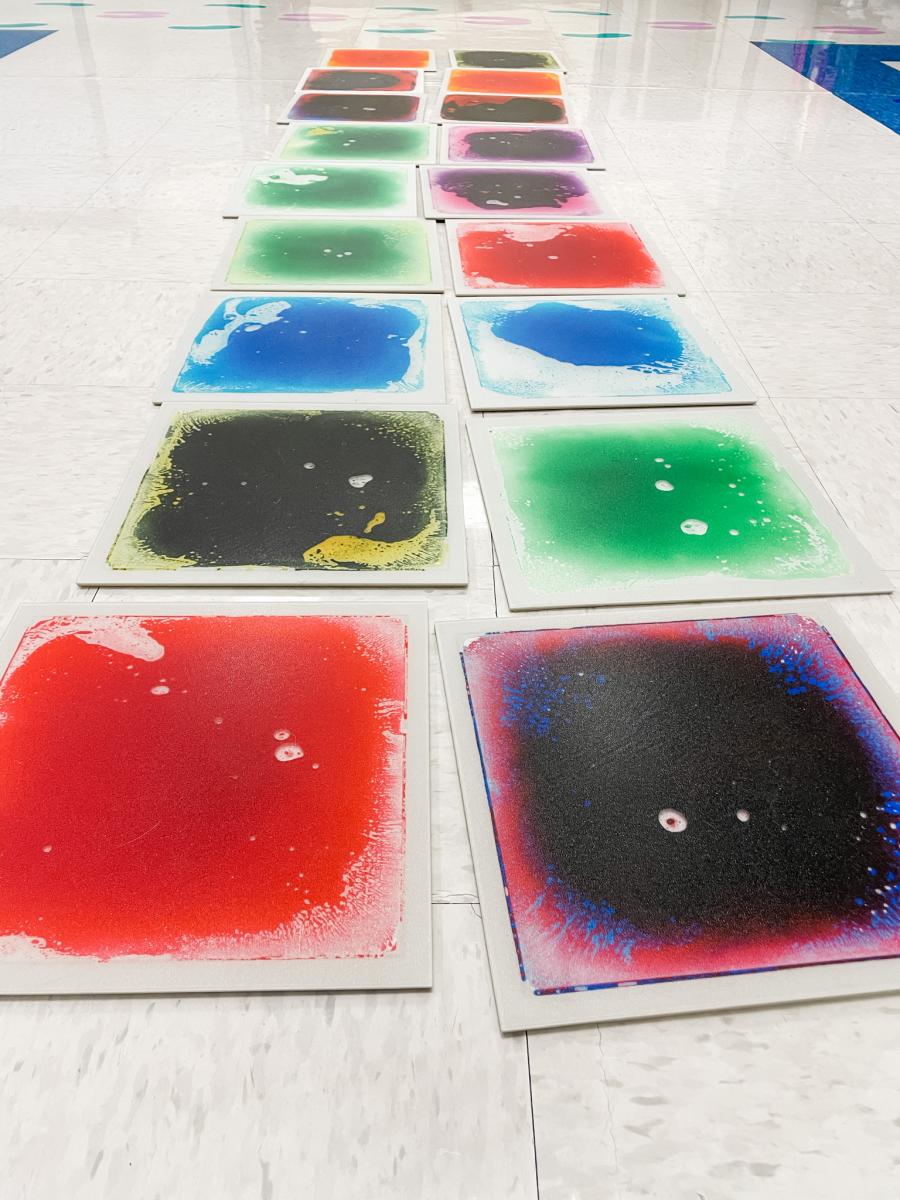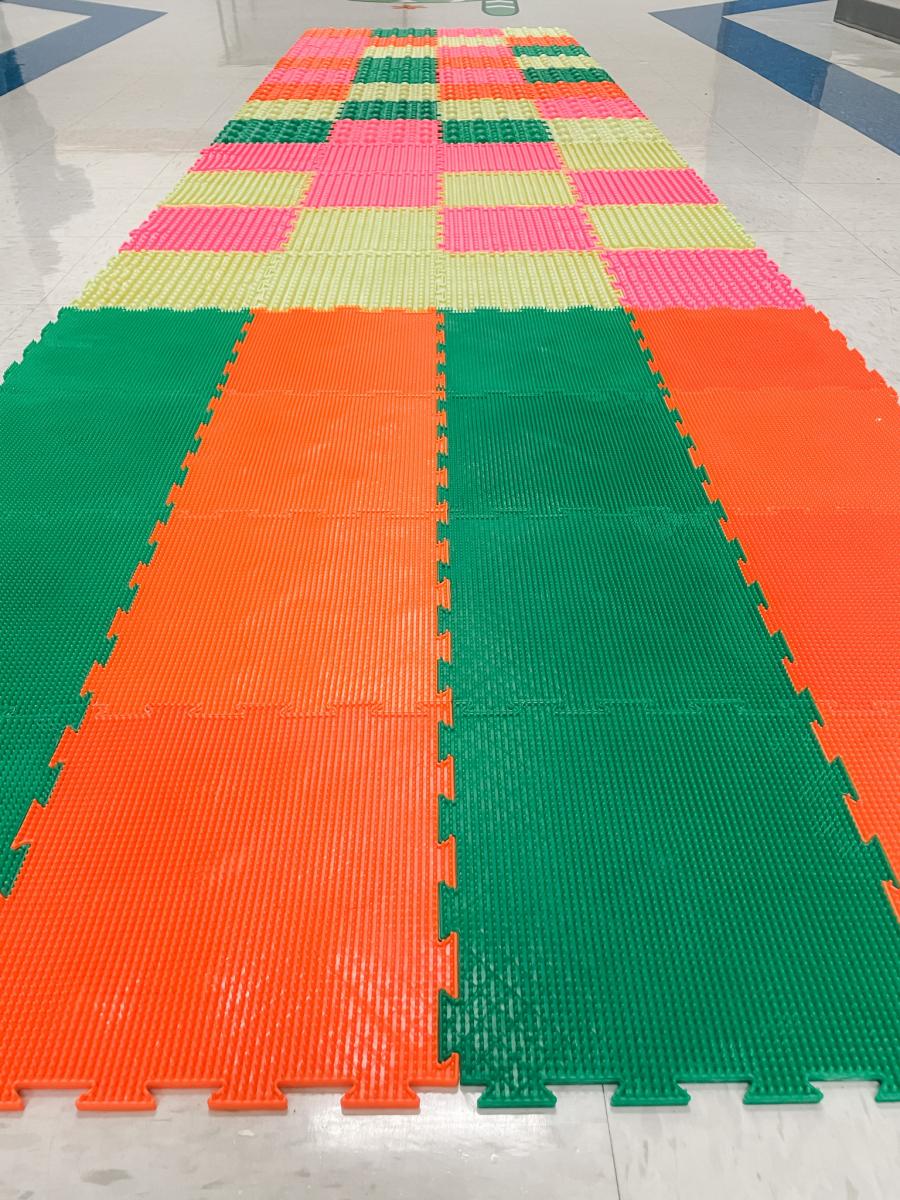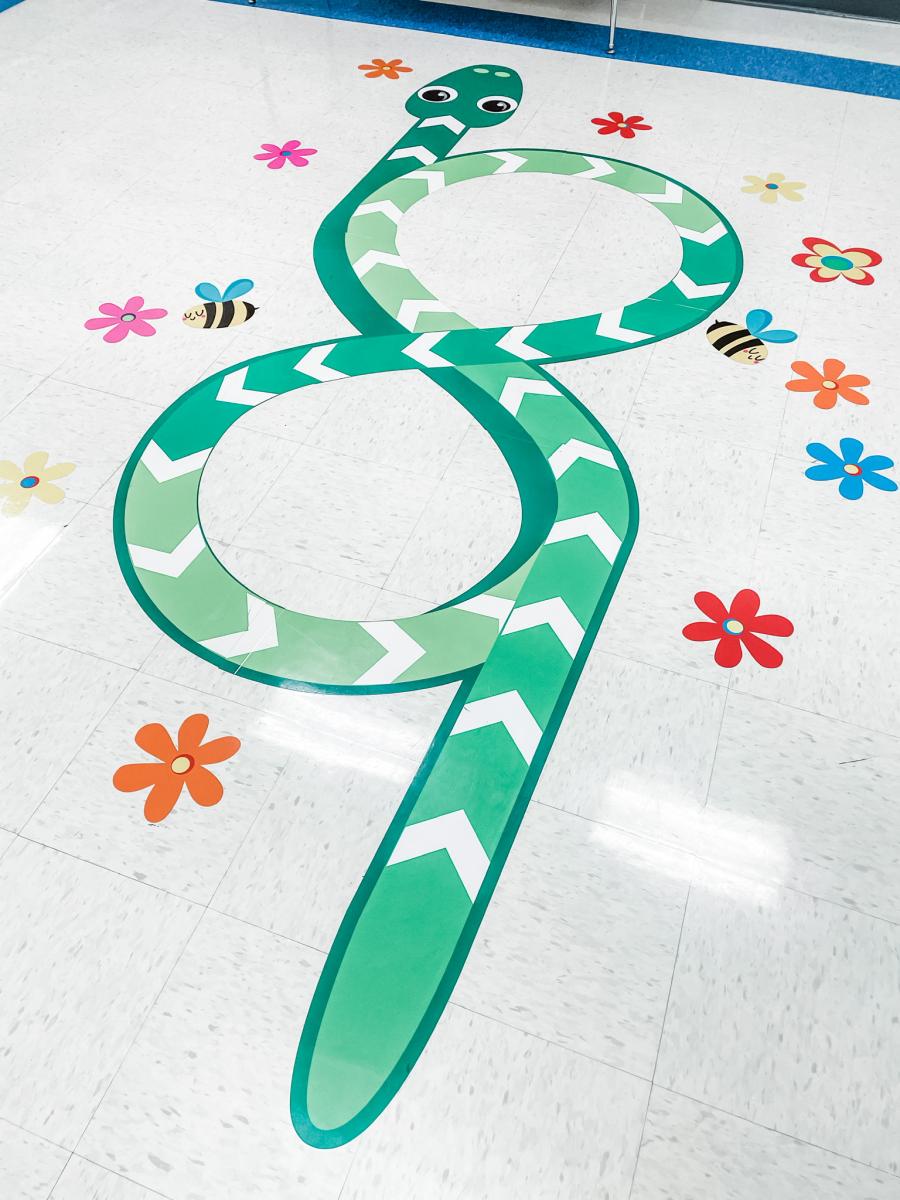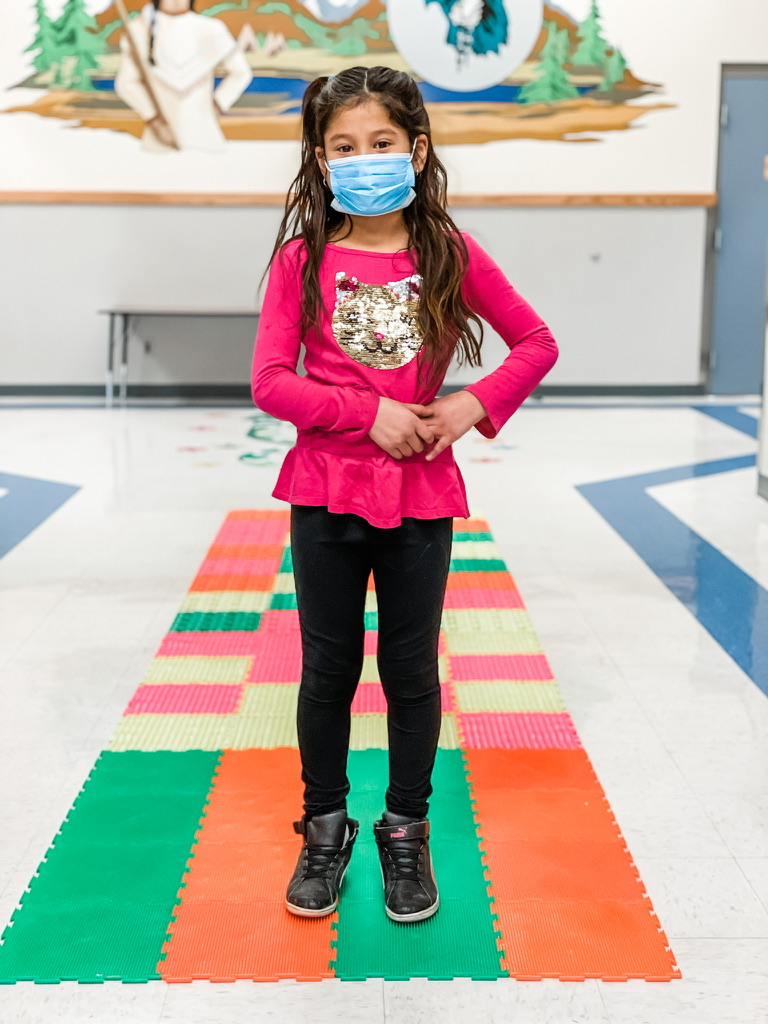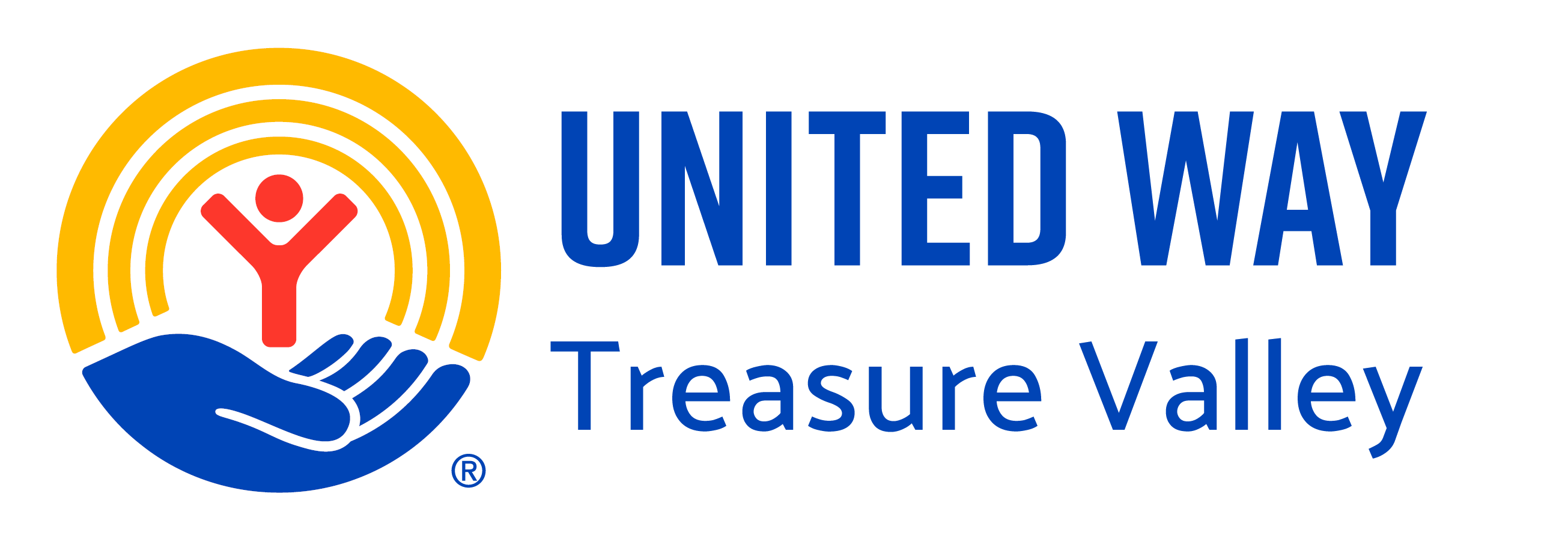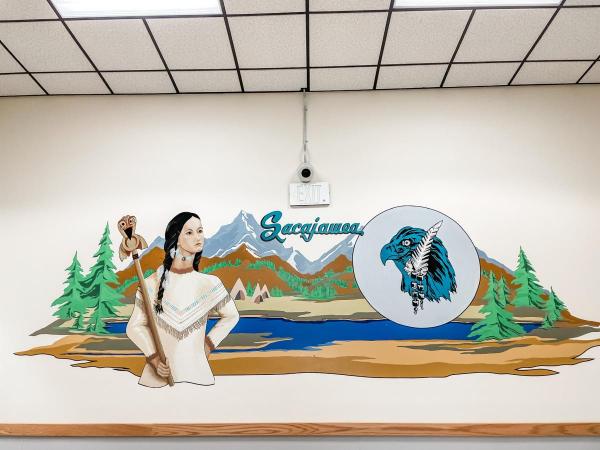
At the start of the 2019 school year at Sacajawea Elementary, during a staff meeting, the conversation opened up to an ongoing discussion about a sensory room, or even just a sensory hallway. Not much came from that conversation, or the prior conversations until months later, when all the stars finally seemed to align just right.
Sacajawea’s Community School hosts monthly stakeholder meetings for staff, partners, parents, and community organizations to come together to share, collaborate, and unite in an effort to continue moving the community school strategy forward with focus and purpose. At this meeting, a parent shared with the group about her child’s newly diagnosed sensory challenges. Her hope was that one day, the staff would be able to provide support to her child and perhaps be able to provide tools for the child to find success in the classroom. This opened a dialogue between teachers, counselors, speech therapists, parents, and partners about strategies to assist not just this student, but all students. The idea of the sensory hallway was no longer just talk, but now an actual possibility, thanks to our generous partners at St. Luke’s, who agreed to fund the project after working alongside the Community School Strategy for the past four years. They made all of that talk into reality--finally!
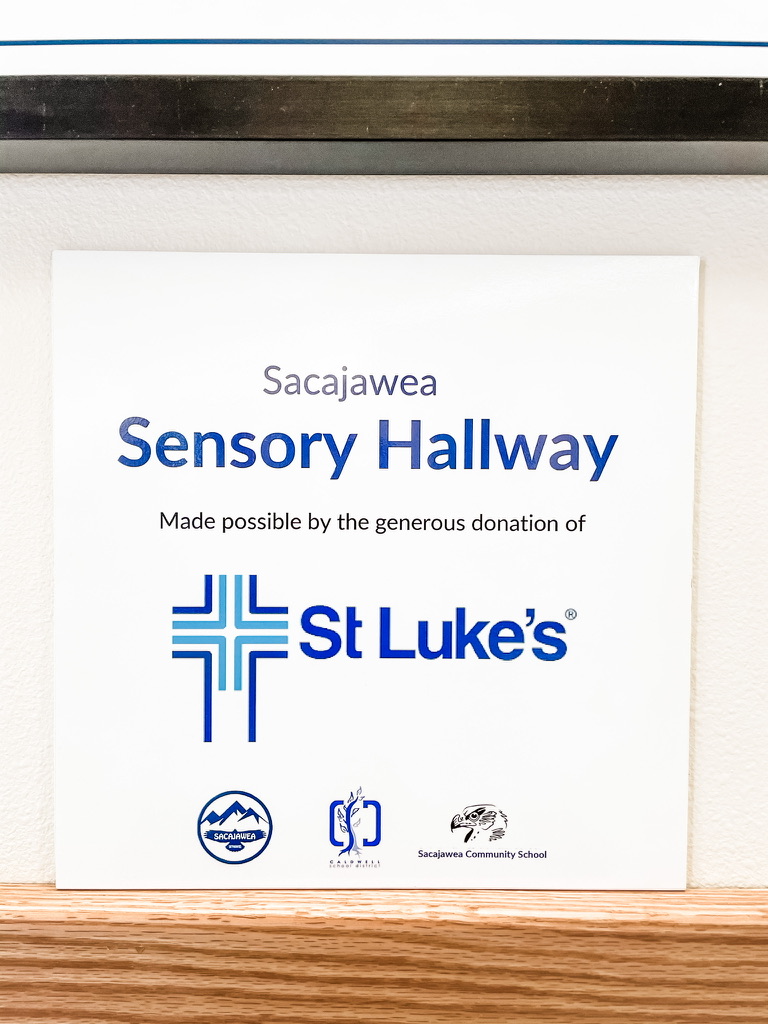
“Sensory hallways are a great way to add some extra sensory input for fidgeting kids throughout the day. Sensory hallways allow the transitions between lunch, recess, and classrooms to be interactive and fun!” (source)
Many think that a sensory hallway is a tool designed to help just a few students with sensory issues, but actually, a sensory hallway can improve educational outcomes for all students. Studies have shown that after a brief period of sensory-based physical movement, outcomes such as attention, behavior, and focus improve in a classroom by as much as 60%. The difference between movement in the hallway versus movement in a classroom is that the hallway provides a space for student-driven learning. Nicole Schiffmacher, who teaches neurological development at St. Joseph's College in Patchogue, New York says “Movement can help increase blood flow to the brain and is one way that memories are encoded into the brain. Movement also enhances the ability to grow that part of the brain that stores memories, and embedding movement in the school day can let children remember more.” (source)
As the Caldwell School District seeks to implement the “Zones of Regulation” curriculum, which is a social-emotional curriculum designed to help students identify and regulate their own emotions, tools like the sensory hallway empower students to take back control of their own education and impact their outcomes in the classroom. As students move through the hallway, there is an increased focus requirement in gross motor tasks. This design allows students to move back into the “green zone” where they’re focused, engaged, and ready to learn in the classroom. The physical and mental effects of using the hallway are similar to what students would experience if they were working with an occupational of physical therapist. But with a sensory hallway, everyone can benefit from it.
“Introducing sensory paths or hallways can help positively transform the school experience for kids. Providing the opportunities for movement and incorporating sensory input can help a child become calm and more focused, which will impact participation. For students who can’t sit still, sensory paths are an appropriate way to discharge energy without disrupting others. How fun would it be for all students to use sensory paths to support learning?” (source)
Again, a big thank you to our friends at St. Luke’s for their generosity and to all those at Sacajawea who put in so much work to make this happen!
